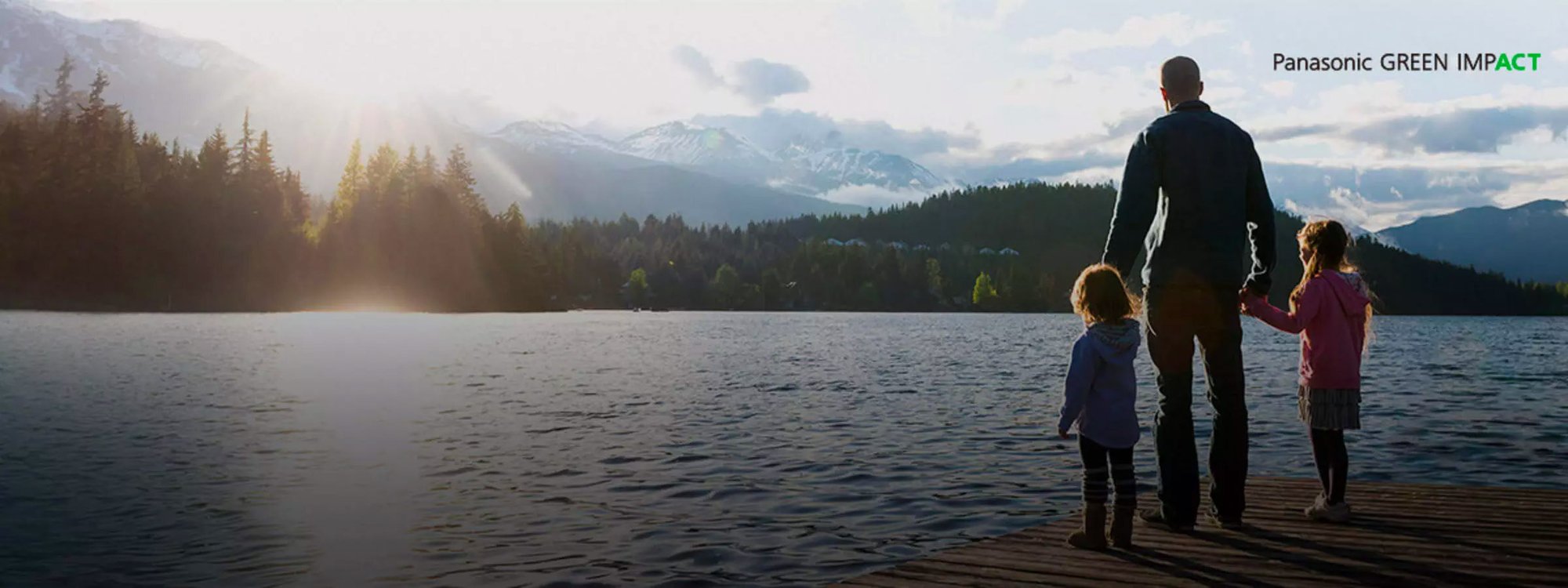
Earth Day 2022: Deepening our commitment to Sustainability
Climate change is an issue that requires direct and decisive action. Though its impacts on our daily lives seem to grow at a slow creep, there is no mistaking the breadth and seriousness of the challenge we are confronting. First and foremost, carbon dioxide emissions continue to increase. In 2021, emissions increased by nearly 5% over the previous year. According to a report published by Nature Reviews Earth & Environment, this indicates the world now has a 66% chance of surpassing 1.5°C of global warming over pre-industrial levels within the next decade.
While the report states emissions dropped by 11% in 2020 because of the Covid-19 pandemic, the high probability of reaching 1.5°C of global warming remains telling: We need to act now to address the issues of climate change.
Understanding the 1.5°C benchmark
Scientists have set a benchmark of 1.5°C of global warming over pre-industrial levels because they have calculated that crossing this threshold will have dire consequences on people, wildlife and ecosystems. Models utilized by the International Panel on Climate Change project indicate that reaching the 2°C threshold could expose 420 million more people to frequent extreme heatwaves compared to models where heating is limited to 1.5°C. Limiting heating to 1.5°C would also decrease the risks of "high precipitation events" in certain regions while also reducing the chance of extreme droughts in others.
According to the IPCC, "Lower rates of change enhance the ability of natural and human systems to adapt, with substantial benefits for a wide range of terrestrial, freshwater, wetland, coastal and ocean ecosystems (including coral reefs)." Simply, the models indicate that constraining warming to 1.5°C would aid in maintaining both terrestrial and wetland ecosystems – along with the benefits these systems provide to humans. As a result of this information, we are committed to taking the actions necessary to meet the goals identified in the scientific models.
Panasonic’s GREEN IMPACT
As a company, Panasonic emits 2.2 million tons of CO2 annually as a result of our business operations. The emissions resulting from the use of our products – from more than one billion customers worldwide – are estimated to be more than 110 million tons. Together, these figures are estimated to amount to 1% of the world’s total electricity consumption.
Our GREEN IMPACT initiative is a promise to do better. First, we commit to reducing the CO2 emissions of our business operations to net-zero by 2030.
But we know this alone is not enough. We will continue and expand upon our work to reduce emissions caused by the use of our products by developing new technologies and solutions to increase efficiency. Furthermore, we will reduce the emissions of society by providing our energy-saving solutions to our customers in the business and government sectors.
By strengthening our efforts in these areas, we aim to accelerate society’s transition to clean energy.
Net-zero factories
Sustainability has been a business priority for many years. When Panasonic opened its North American Headquarters in 2014, the building became the first newly built office tower in Newark, NJ to earn both Platinum and Gold LEED certifications. The 340,000-square-foot, 12-story Class A office tower was awarded the Leadership in Energy and Environmental Design (LEED) Platinum Certification by the U.S. Green Building Council for Commercial Interiors. The building ultimately earned LEED Gold Certification for its Core and Shell architecture.
As new information provides a clearer image of the challenges presented by climate change, we have reinvigorated this aim to address these needs more aggressively. In 2018, Panasonic realized our first zero-CO2 factories, which included PETEC, a recycling factory in Japan. These results were achieved through primary measures including energy savings, enhancement of renewable energy equipment on-site.
The next factories to achieve next-zero efficiency were completed in 2019 and 2020 with factories in Brazil and Costa Rica. These factories utilize renewable energy derived from abundant hydropower. In 2021, we completed work on PECW in China. In addition to improving productivity by utilizing robots and saving energy by AI-EMS linked control, we achieved these measures by the installation of PV on-site and the procurement of I-REC, the International Renewable Energy Certificate.
Rooted in our values
At Panasonic, our aim – our promise – is to develop technologies that contribute to the well-being of people and society. Whether it’s in the small moments in our everyday lives or the larger, global needs that connect us all, our mission is to develop the solutions that can inspire hope for a better future.
We understand the most important thing we can do to ensure this future is to take direct actions that counteract the effects of climate change on our planet and restore the promise of a fulfilling life for future generations.
To this end, Panasonic is committed to sustainable practices that create a healthier planet where we can all thrive. New approaches to battery recycling and cobalt reclamation, creating greener fuel cells, and innovating products that are built to last are some of the ways we’re making an impact.
We know the challenges are great, but we believe – through working together across our businesses and with our private and public partners – we can rise beyond and achieve what is necessary.
It’s time for companies to act, lead by example and move us all forward to a more sustainable world.